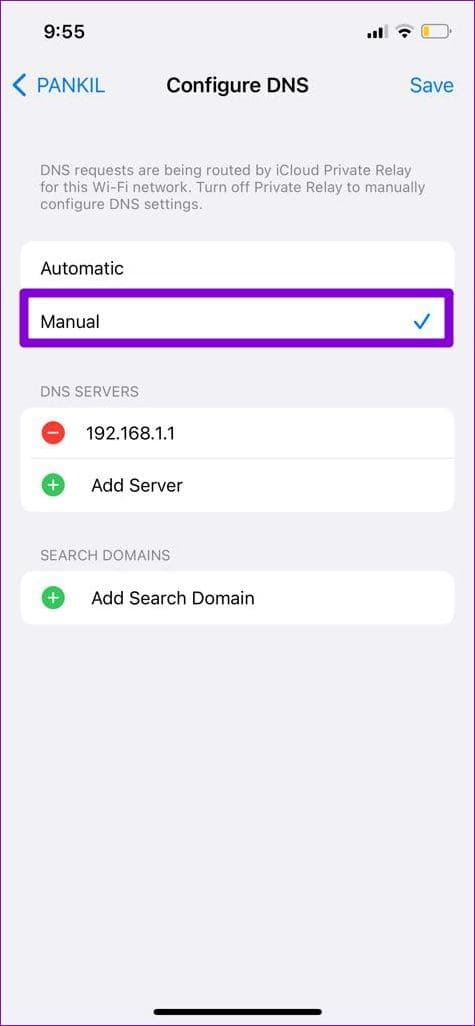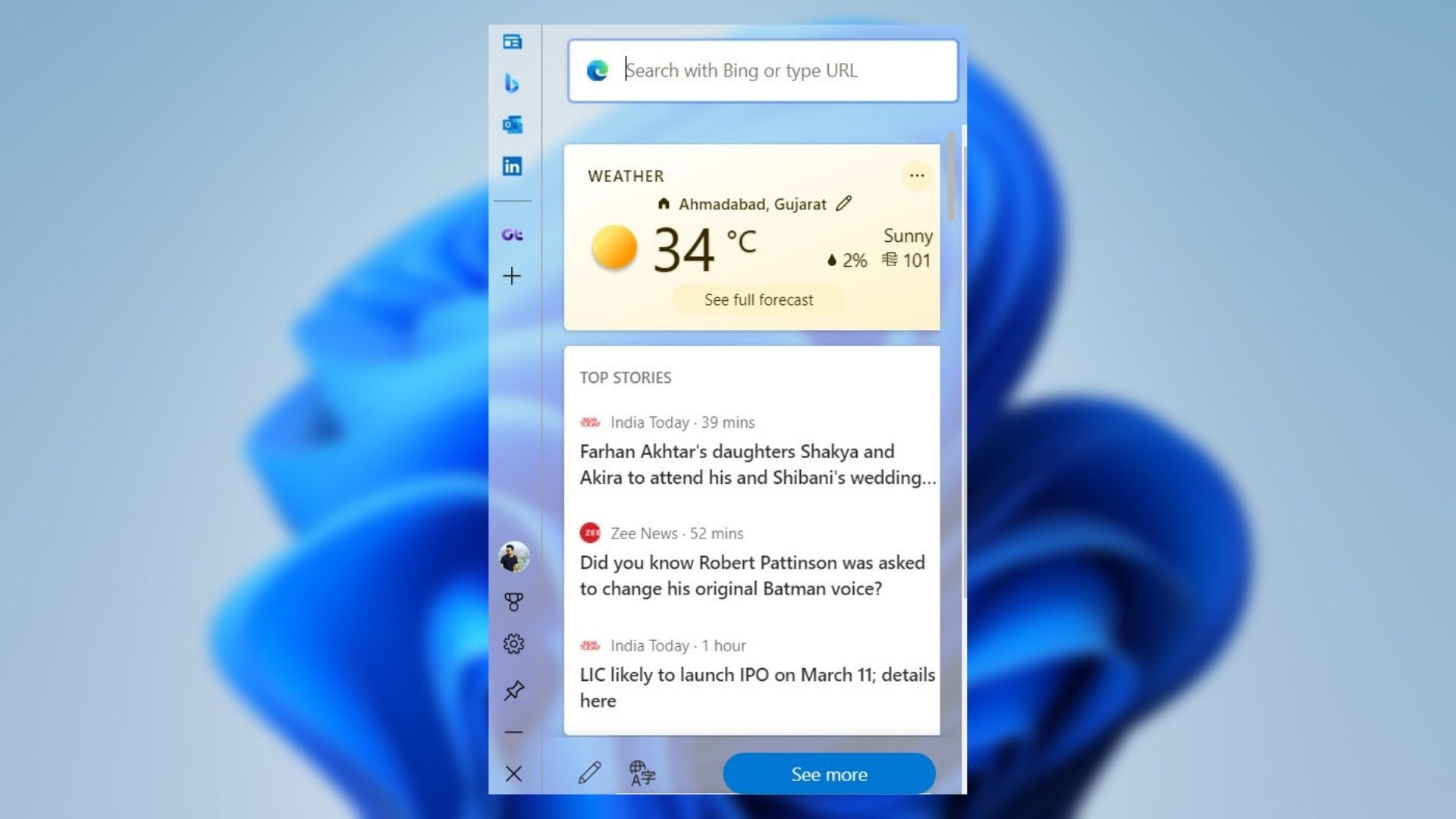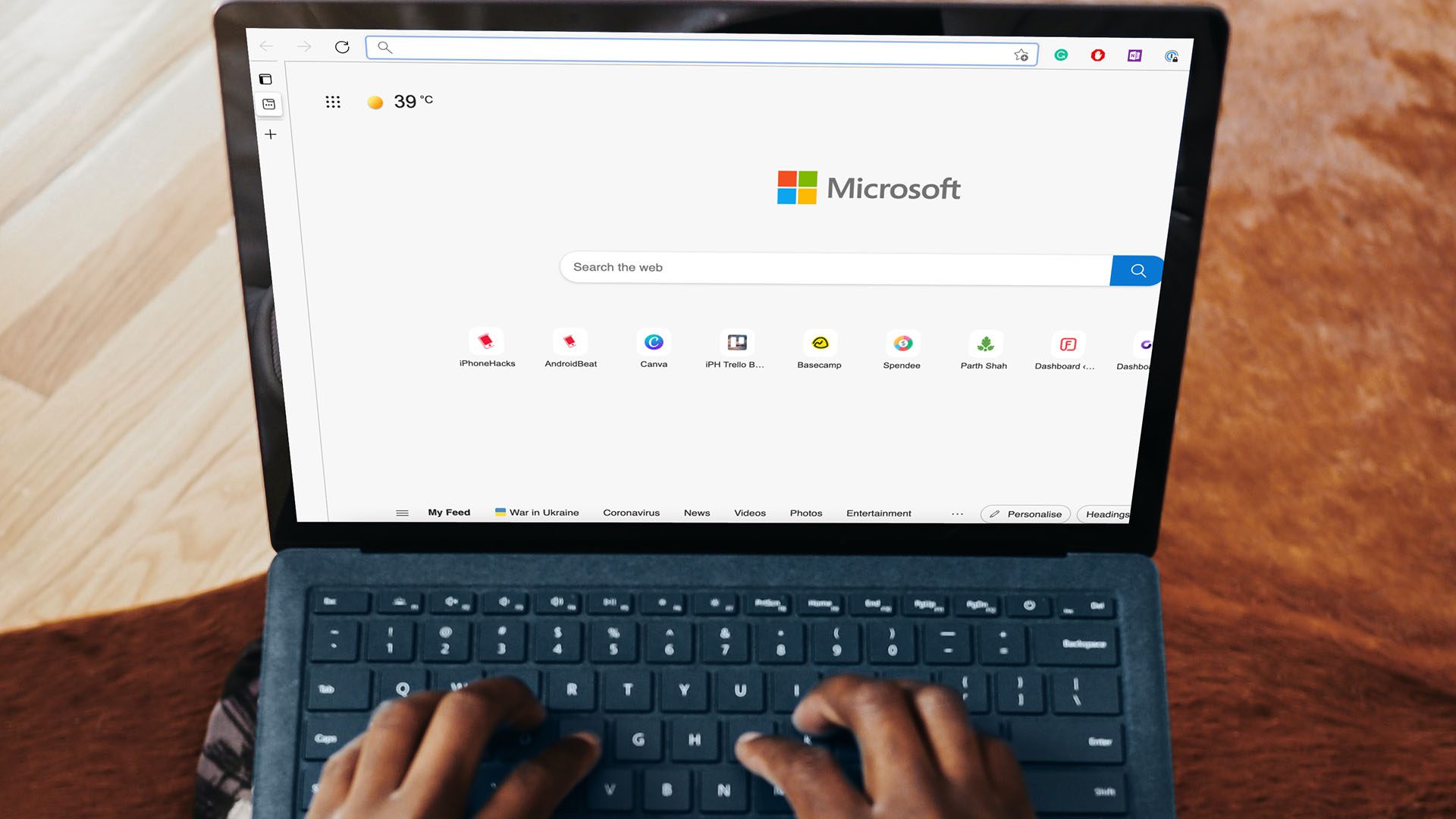Step 1:OpenMicrosoft Edgeon your iPhone or iPad.
Step 2:Tap thehamburger menuicon at the bottom-right corner and selectSettings.
Step 3:Tap onPrivacy and Securityand selectClear Browsing Data.

Step 4:Tap onClear Nowat the bottom and tap onClear Nowagain to confirm.
Step 5:SelectDoneat the top right to confirm.
Fix 2: Change DNS Server
The next solution we recommend is changing the DNS server.

Instead, try any of the public DNS servers and enjoy better speeds in Microsoft Edge.
Step 1:OpenSettingson your iPhone or iPad.
Step 2:Tap onWi-Fiand tap theInfo iconnext to your connected Wi-Fi name.

Step 3:Scroll down to DNS and tap onConfigure DNS.
Then, selectManualfrom the following screen.
Step 4:Tap on theminus iconto delete the prefilled entries under DNS servers.

Step 5:TapAdd Serverand jot down theDNS server addressyou want.
If you want to use Googles public DNS servers, type8.8.8.8and8.8.4.4in the text box.
Step 6:Tap onSave.

So, the next solution we suggest is enabling location access for Microsoft Edge on your mobile or desktop.
Step 1:Open theSettingsapp and selectEdge.
Step 2:Tap onLocationand ensure location access has beenenabled.

Step 3:Close controls and openEdgeto look to see if the problem is solved.
This will make you re-login to your internet accounts.
Step 1:Open theSettingsapp and tap onGeneral.

Step 2:SelectiPhone Storageand go toEdge.
Step 3:Tap onOffload Appand tapOffload Appagain at the bottom to confirm.
Step 4:exit the parameters app andreinstall Edgeon your iPhone.

find out if this fixed the problem.
Tip:Learn how you canedit PDFs using the built-in editor in Microsoft Edge.
Was this helpful?

The content remains unbiased and authentic and will never affect our editorial integrity.






